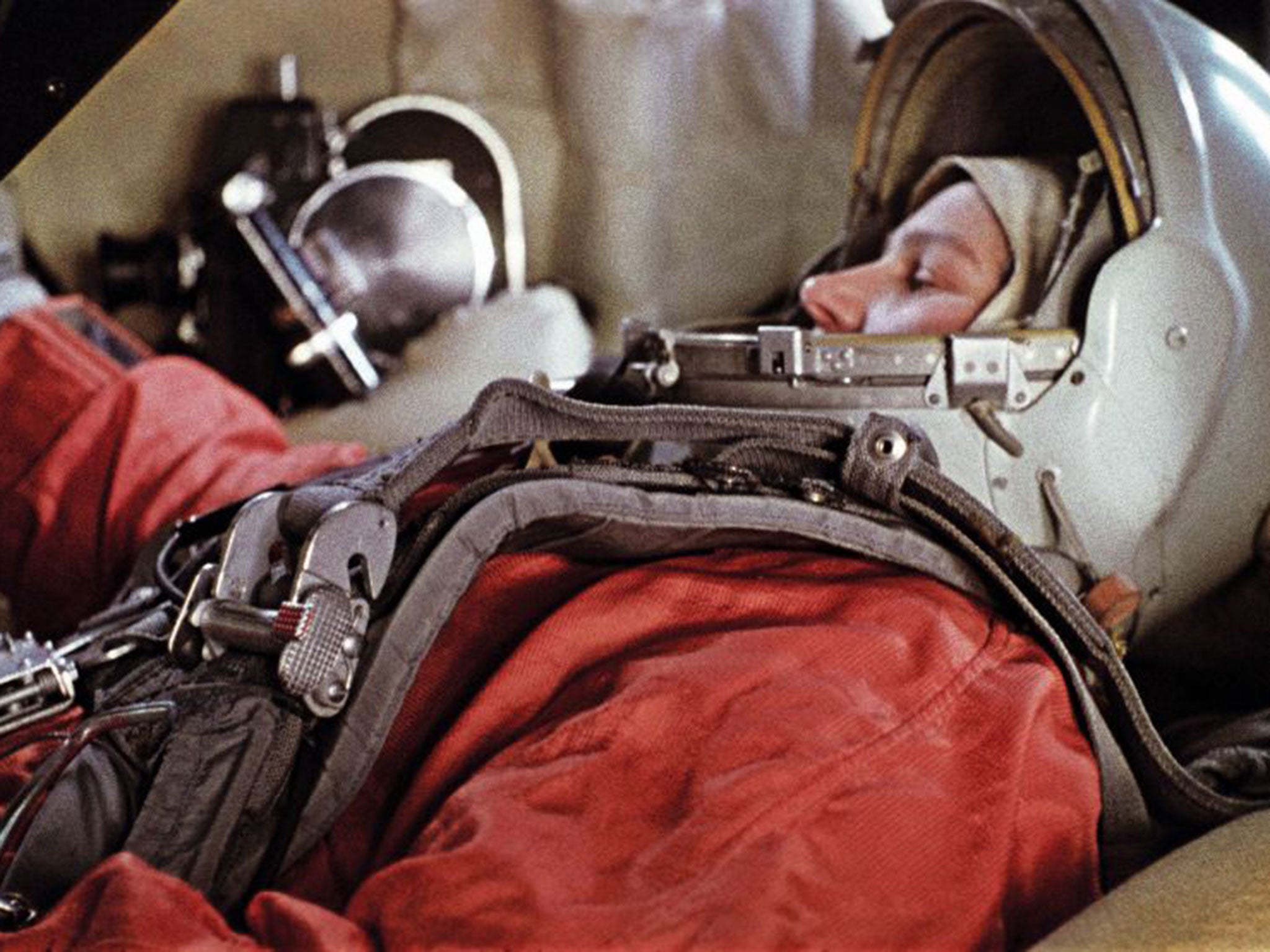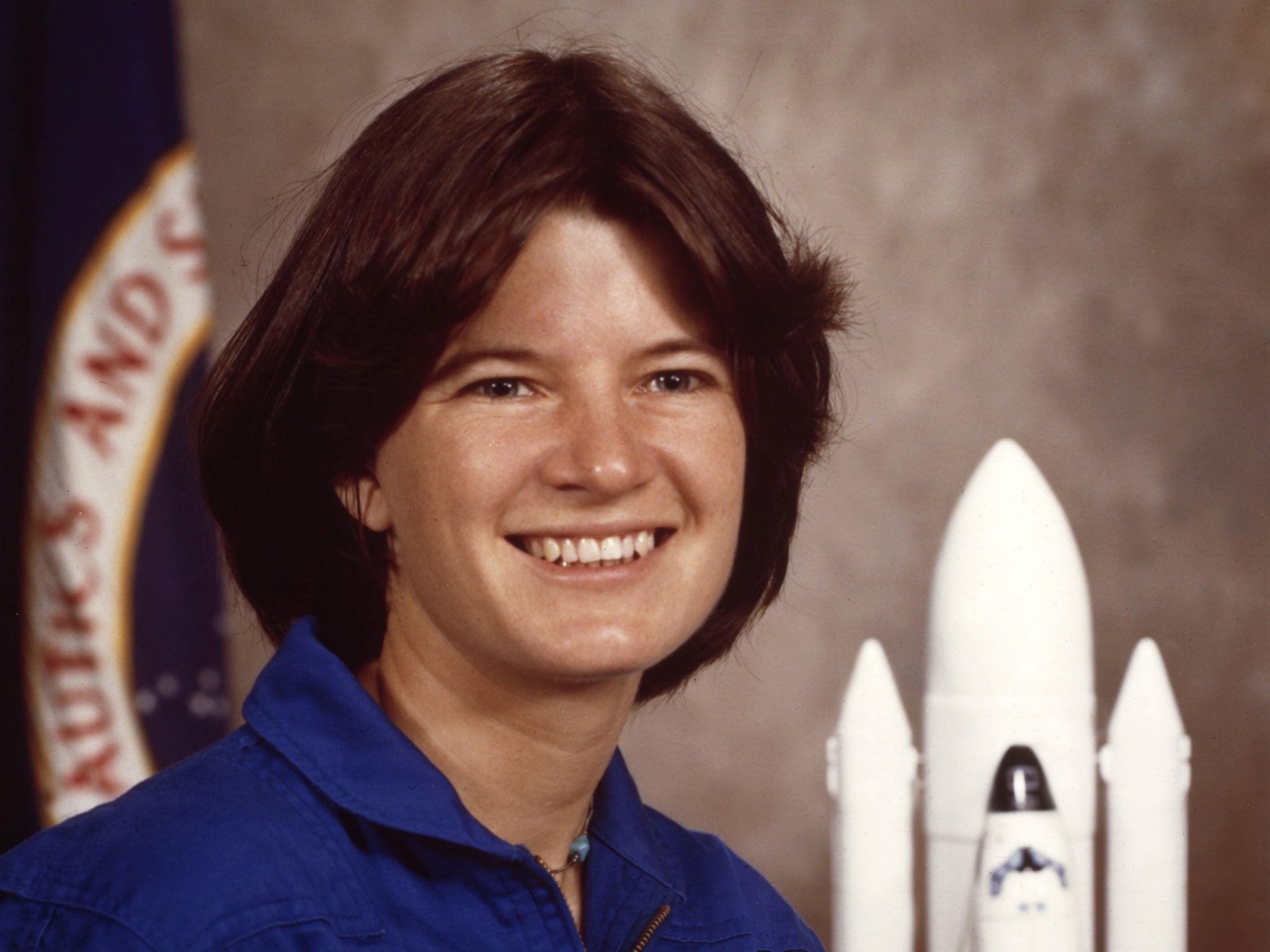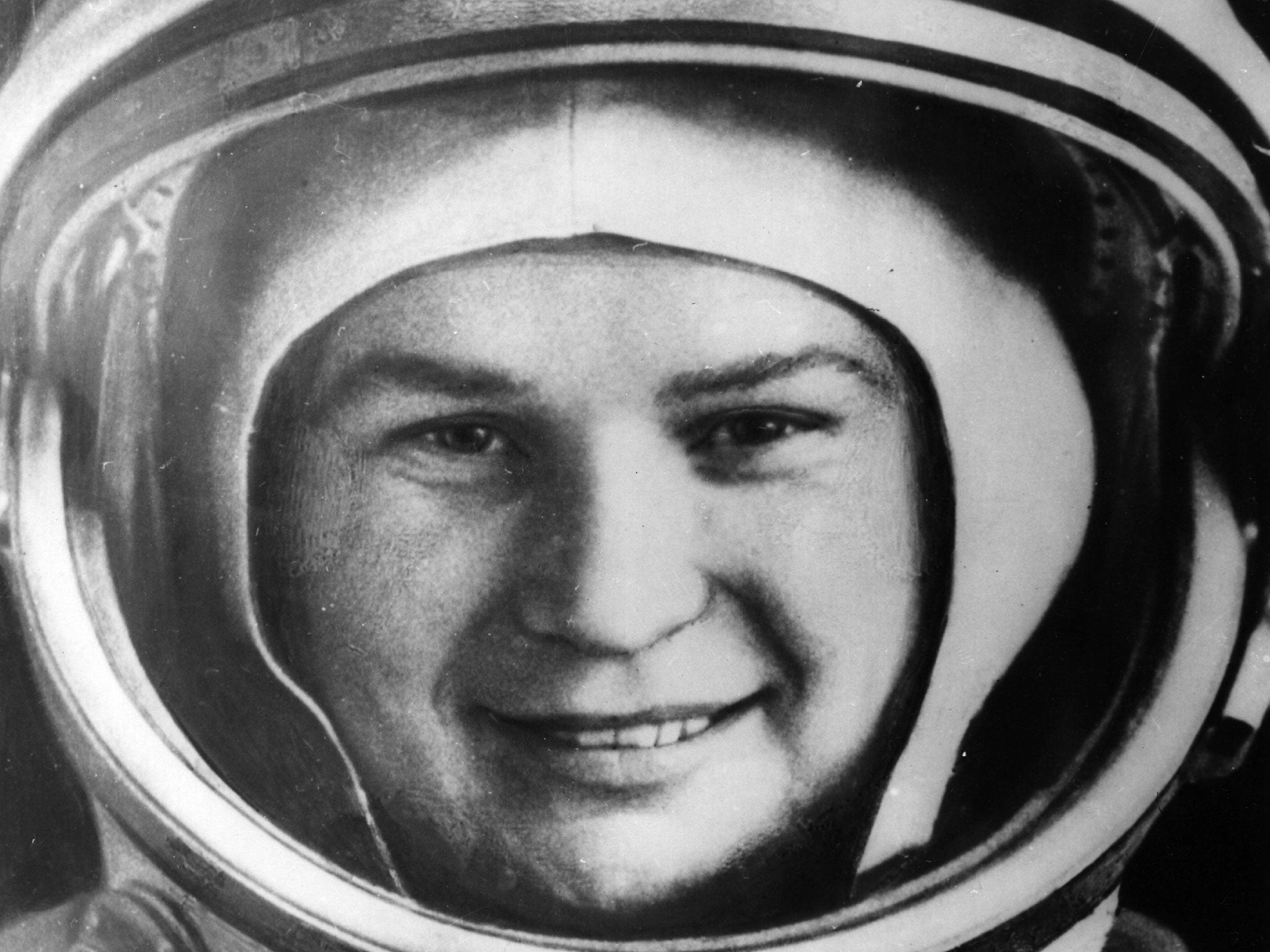Will there be an all-female mission to Mars?
Women may be better suited to space travel than men are, studies show. So an all-female mission to Mars may be more than just pie in the sky, says NASA guinea pig Kate Greene

Your support helps us to tell the story
From reproductive rights to climate change to Big Tech, The Independent is on the ground when the story is developing. Whether it's investigating the financials of Elon Musk's pro-Trump PAC or producing our latest documentary, 'The A Word', which shines a light on the American women fighting for reproductive rights, we know how important it is to parse out the facts from the messaging.
At such a critical moment in US history, we need reporters on the ground. Your donation allows us to keep sending journalists to speak to both sides of the story.
The Independent is trusted by Americans across the entire political spectrum. And unlike many other quality news outlets, we choose not to lock Americans out of our reporting and analysis with paywalls. We believe quality journalism should be available to everyone, paid for by those who can afford it.
Your support makes all the difference.In February of 1960, the American magazine Look ran a cover story that asked, "Should a Girl Be First in Space?" It was a sensational headline representing an audacious idea at the time. And as we all know, the proposal fell short.
In 1961, NASA sent Alan Shepard above the stratosphere, followed by dozens of other spacemen over the next two decades. Only in 1983 did Sally Ride become America's first female astronaut to launch.
But why would anyone think a woman would be the first to space, anyway? Medical studies, for one thing. Some studies in the 1950s and 1960s suggested female bodies had stronger hearts and could better withstand vibrations and radiation exposure. Moreover, psychological studies suggested that women coped better than men in isolation and when deprived of sensory inputs.
Some of these investigations were limited in their design and sample sizes. But there was another, more compelling reason that women might outshine men as potential astronauts: basic economics. Thanks to their size, women are, on average, cheaper to launch and fly than men. As a NASA guinea pig, I had the chance to verify this first-hand.
Last year, I took part in a NASA-funded research project called HI-SEAS (Hawaii Space Exploration Analog and Simulation). It required that I and five other crew members live as astronauts on the surface of Mars. We didn't leave Earth, obviously, but for four months we were cooped up in a geodesic dome on the side of the very red, very rocky, very Mars-like Mauna Loa volcano in Hawaii.
Our food, water, power, and communications were limited, and we were only allowed to exit the habitat if we wore mock spacesuits. This was the first HI-SEAS mission – a third starts this month – and it was designed mainly to study the types of food Mars explorers might eat. I was the crew writer, and since I had the scientific background, I conducted a sleep study, too.

One device we used to track sleep was a sensor armband, which also provides estimates of daily and weekly caloric expenditure. Over time, I noticed a trend. Week in, week out, the three female crew members expended less than half the calories of the three male crew members. We were all exercising roughly the same amount – at least 45 minutes a day for five consecutive days a week – but our metabolic furnaces were calibrated in radically different ways.
During one week, the most metabolically active male burned an average of 3,450 calories per day, while the least metabolically active female expended 1,475 calories per day.
The calorie requirements of an astronaut matter significantly when planning a mission. The more food a person needs to maintain her weight on a long space journey, the more food should launch with her. The more food launched, the heavier the payload. The heavier the payload, the more fuel required to blast it into orbit and beyond. The more fuel required, the heavier the rocket becomes, which it in turn requires more fuel to launch. Every pound counts on the way to space. NASA was keenly aware of this, and that's why, in the early 1960s, it nearly considered a female astronaut corps.

Of course, politics and culture have a pesky way of sneaking into engineering decisions, especially when a country's pride is on the line, according to Margaret A Weitekamp, author of Right Stuff, Wrong Sex: America's First Women in Space Program. Despite extensive training and excellent performance, the women in the program were dismissed. Some of the reasons included fears about public relations if female astronauts were killed, as well as NASA's reliance on military pilots, who at the time were only male.
The first woman in space was cosmonaut Valentina Tereshkova of the Soviet Union, who flew 20 years before Sally Ride. Her flight bolstered the appearance of communist egalitarianism during the Cold War. Russia hasn't kept up a female presence in orbit, though; it only just last month launched its first female cosmonaut in almost two decades, Elena Serova.
Indeed, a number of people I talked to acknowledged the benefits of an all-female crew, or even just a crew made of smaller people in general. One proponent is Andrew Rader, a mission integrator at SpaceX. "Anything to reduce weight and make the spacecraft seem bigger would be great," he says. "I think it's a reasonable proposal."
As reasonable as an all-female Mars mission is from an economic perspective, some might find the idea offensive. After all, it'd be an expedition that fails to represent half the world's population.
Then again, space-mission design has always been biased in one way or another. Exploration in general is nothing if not political, dictated by the people with the money and power to choose the face of the expedition. Right now, it's unlikely that those with the power to do so would agree to fund a crew of small female astronauts even to save money.
Still, if the bottom line is what matters in getting to Mars, the more women the better.
This is an edited version of an article that first appeared on Slate.com
Join our commenting forum
Join thought-provoking conversations, follow other Independent readers and see their replies
0Comments